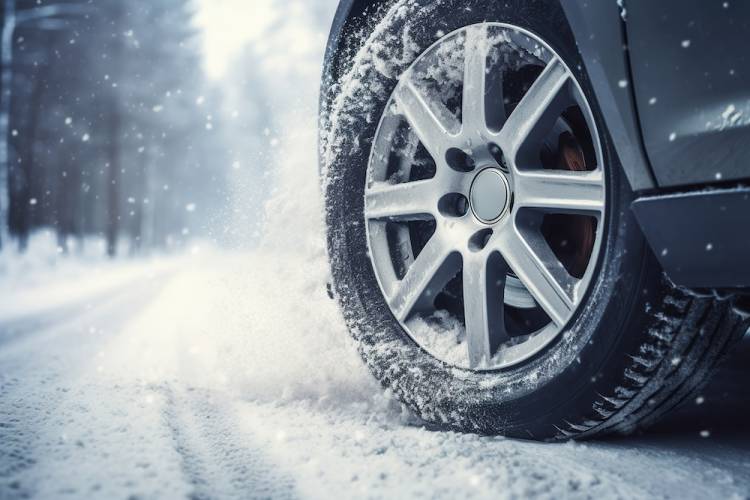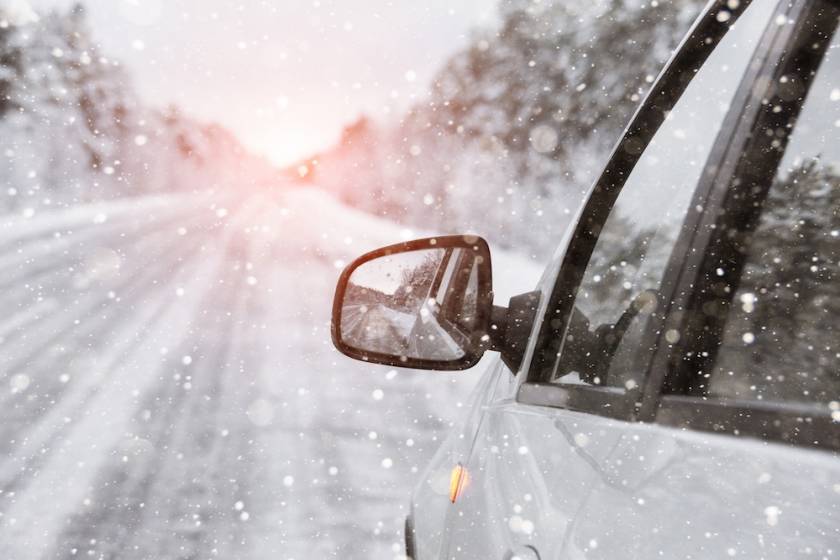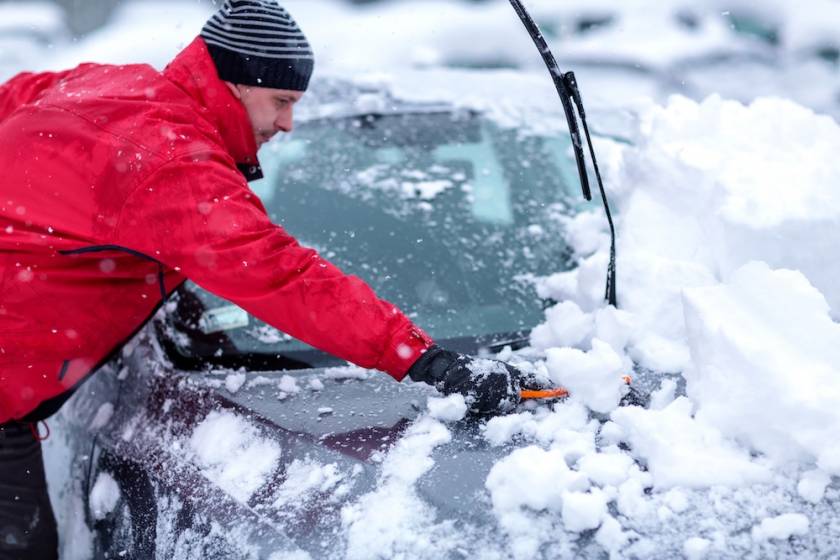Driving to South Lake Tahoe

If you think about it, finding the perfect winter vacation home in South Tahoe is quite easy; just scroll through our inventory and discover on the property of your dreams.
It’s the journey that provides many of the obstacles.
The scene is familiar every Friday afternoon in winter in the San Francisco Bay Area and Sacramento Valley. Thousands of vehicles take to the roads with skis and snowboards up top, bound for the Jewel of the West. Sometimes, these intrepid travelers luck out with clear roads and short travel times. More often than not, they encounter traffic delays, accidents, and some scary situations as weather conditions can turn treacherous.
Driving Directions to South Lake Tahoe
To reach South Lake Tahoe, most drivers take Highway 50, which splits off from I-80 in Sacramento. Highway 50 passes over Echo Summit before descending to the towns of South Lake Tahoe, Calif., and Stateline, Nev.
You will pass Sierra-at-Tahoe ski resort on the way to South Lake Tahoe, about 20 minutes before you catch your first glimpse of the lake down on the valley floor. Once you are in the valley, you can’t miss the expansive Heavenly Ski Resort, which essentially straddles both states. The other South Lake Tahoe area ski resort, Kirkwood, is more off the beaten path. It requires a detour further south on Highway 89 to Highway 88 after coming down over the pass.
Tips for Driving to South Lake Tahoe in Winter

Highway 50 peaks at more than 7,200 feet, meaning in winter months, it can become snowy, icy, windy, and, in some cases, downright dangerous.
If you live in the popular Northern California drive markets of San Francisco, Silicon Valley, San Jose, Oakland, Napa, and Sacramento, here are some tried-and-true tips for a safe and sane drive to Tahoe this winter.
Before heading for snow country
- Make sure your brakes, windshield wipers, defroster, heater, and exhaust system are in top condition.
- Check your antifreeze and be ready for colder temperatures.
- Make sure you have plenty of special de-icer windshield washer fluid in your car reservoir to prevent an icy windshield.
- Check your tires. Make sure they are properly inflated, and the tread is in good condition.
- Always carry chains. Make sure they are the proper size for your tires and are in working order. You might want to take along a flashlight and chain repair links. Chains should only be installed on the drive wheels. Make sure you know if your vehicle is front or rear-wheel drive. Even if you have 4WD or Snow Tires depending on conditions you can be turned around at a chain check point if you don't have them.
- If you are renting a car: A number of rental car agencies prohibit the installation of chains or any other traction-enhancing devices on their vehicles. This means that if you end up renting a vehicle without mud and snow tires — regardless of whether it's equipped with AWD — and you encounter an R2 chain control area, you could be forced to turn back at a Caltrans chains inspection station.
- Be sure to carry an ice scraper or commercial de-icer, a broom for brushing snow off your car, a shovel to free your car if it is snowed in, and sand or burlap for traction if your wheels should become mired in snow.
- In case of a lengthy delay, be sure to take along gloves, water, food, warm blankets, and extra clothing.
- Weather conditions may warrant detouring traffic from the main roadway. It is strongly suggested that drivers always keep an updated map containing the areas of travel.
- Be aware of the Caltrans Highway Information Network (CHIN) phone number (800-427-7623) to access convenient, updated road conditions.
- Check road conditions before you travel. These are the links for both California and Nevada.
Chain controls
During the winter months, you may encounter traction chain control areas marked by posted signs indicating the type of requirement. You must stop and put on chains when highway signs indicate chains are required. You can be cited by the California Highway Patrol and fined if you don't. Make sure you know the California Department of Transportation (CALTRANS) rules that apply to your vehicle. Often local weather stations or roadside signs will simply refer to the following conditions:
- R1: Chains or snow tires are required on all vehicles except 4WD/AWD vehicles.
- R2: Chains or snow tires are required on all vehicles except 4WD/AWD vehicles that also have snow tires on all four wheels.
- R3: All vehicles are required to use chains. (CALTRANS nearly always closes Echo Summit on Highway 50 when conditions reach this level).
Driving tips

- Allow enough time. Trips to the mountains can take longer during winter than at other times of the year, especially if you encounter storm conditions or icy roads. Get an early start and allow plenty of time to reach your destination.
- Keep windshield and windows clear. You may want to stop at a safe turnout to use a snow brush or scraper. Use the car defroster and a clean cloth to keep the windows free of fog.
- Slow down. A highway speed of 65 miles per hour may be safe in dry weather, but an invitation for trouble on snow and ice. Snow and ice make stopping distances much longer, so keep your seat belt buckled and leave more distance between you and the vehicle ahead. Bridge decks and shady spots can be icy, and always avoid sudden stops and quick direction changes.
- Be more observant. Visibility is often limited in winter by weather conditions. Slow down and watch for other vehicles that have flashing lights. Remember, visibility may be so restricted during a storm that it is difficult to see the slow-moving equipment.
- When stalled, stay with your vehicle and try to conserve fuel while maintaining warmth. Make sure your exhaust is not blocked by snow, and be alert to any possible exhaust or monoxide problems.
- Equipment operators must focus on snow removal and cannot always watch out for motorists. Refrain from, or use extreme caution, when passing snow removal equipment.
Electric Vehicle Charging Stations
As of January 2024, the city of South Lake Tahoe has 53 public charging stations. For locations, visit here.
Finally, pack your patience. Reaching Tahoe 10 minutes faster is not worth risking your own life and the lives of others. It can be an arduous journey, so prepare for the worst and slow down. South Tahoe is waiting!
